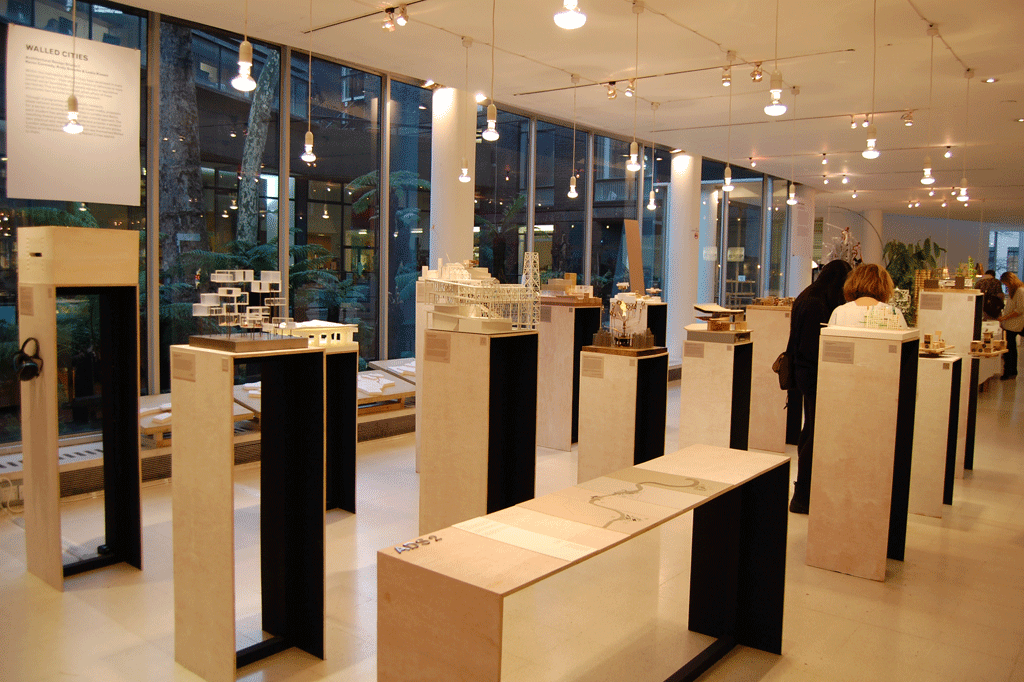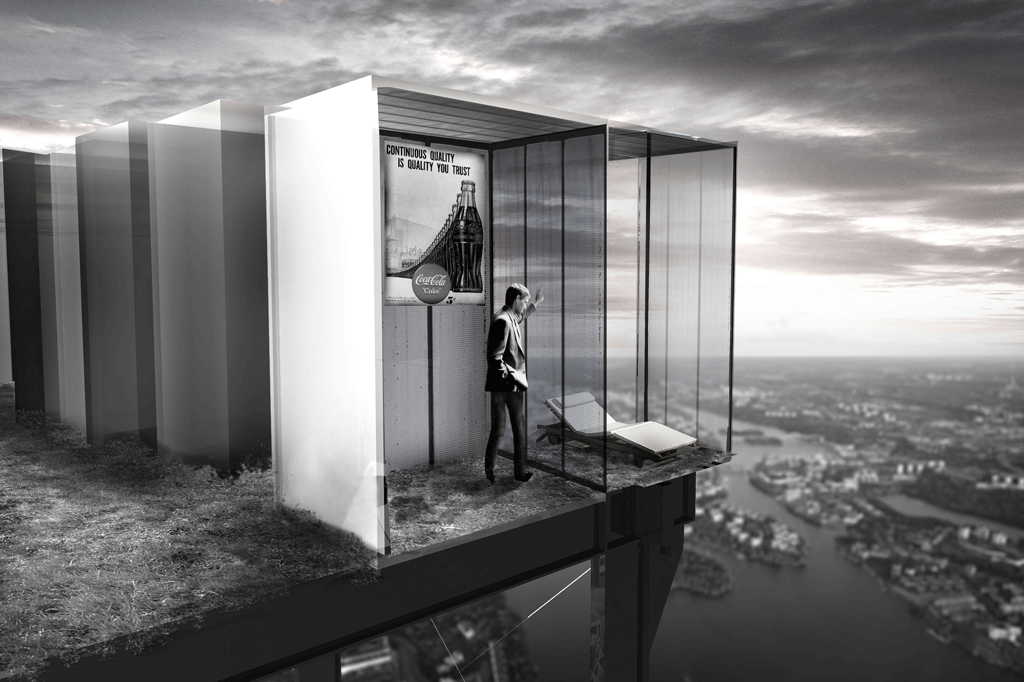Three students from the Royal College of Art graduate show explain their future visions
Project title: Ministry of Chinese Culture
Student: Pierre Shum
From ADS1: The eternal present of the digital
In the last twenty years, Chinas has become prominent on the global economic stage. However, its cultural status is still lacking in comparison. How then can architecture be used to promote, integrate and display Chinese culture within the City of London?
Nostalgic repetition of cultural references can no longer provide a viable strategy for integration between Chinese and British cultures. Now cultural relationships will dictate the future of this integration.
The Ministry of Chinese Culture, located near Bank, celebrates the colossal and pervasive phenomenon of ãMade in Chinaã as a telling and contemporary element of Chinese culture.
This ãexcessive manufacturingã will be displayed in this Ministry, part of a London-wide masterplan of over 30 ministries which aim to promote Chinese culture.
Project title: Foreign Bodies - The Refugee Hospital
Student: Luke Smith
From ADS3: Anatomy of a building
Foreign refugees living in London struggle to become integrated with public services, including the National Health Service. The range and severity of medical problems faced by these transient groups are greatly increased as a result of the less developed health services in their countries of origin, and compounded by the traumatic conditions which forced their exile into the UK.
The Refugee Hospital is an independent institution where refugee patients can access free medical treatment provided by doctors who are themselves refugees. This allows the effective treatment of medical conditions which are rarely seen amongst the host population, by doctors who have experience in treating them.
The Hospital also functions as monitoring centre for global heath trends, as well as highlighting the inequalities between heath services of different countries. These issues are exposed and presented to public and political audiences as means of raising awareness and inciting change.
Project Title: A Happy Thamesmeadium
Student: Craig Allen
From ADS4: [Anti]Dote
What if private enterprise exploited the happiness index?
Itãs 2021. The British government has now established an Office of National Wellbeing to partner the Office of National Statistics. As the new office begins to infect government policy, private enterprises adapt a set of new tactics in order to convince local authorities of their capability to provide the best realisations of the governmentsã happiness targets.
Candy & Candy, developers of One Hyde Park, look toward Thamesmead, an area with the highest levels of negative equity, mortgage fraud and repossessions in the capital, as virgin land for lucrative investment towards creating their very own 21st century Happy Grosvenor Estate.
The project speculates on the developers Candy & Candy turning their focus away from the luxury market and towards social housing.
By designing in value plucked from the happiness index and establishing a funding partnership with Coca-Colaãs Institute of Happiness, a new saccharin social housing model begins to emerge in a Thamesmead divided up into an archipelago and reliant upon the arrival of Crossrail.
exhibited in June 2011.



























No comments yet